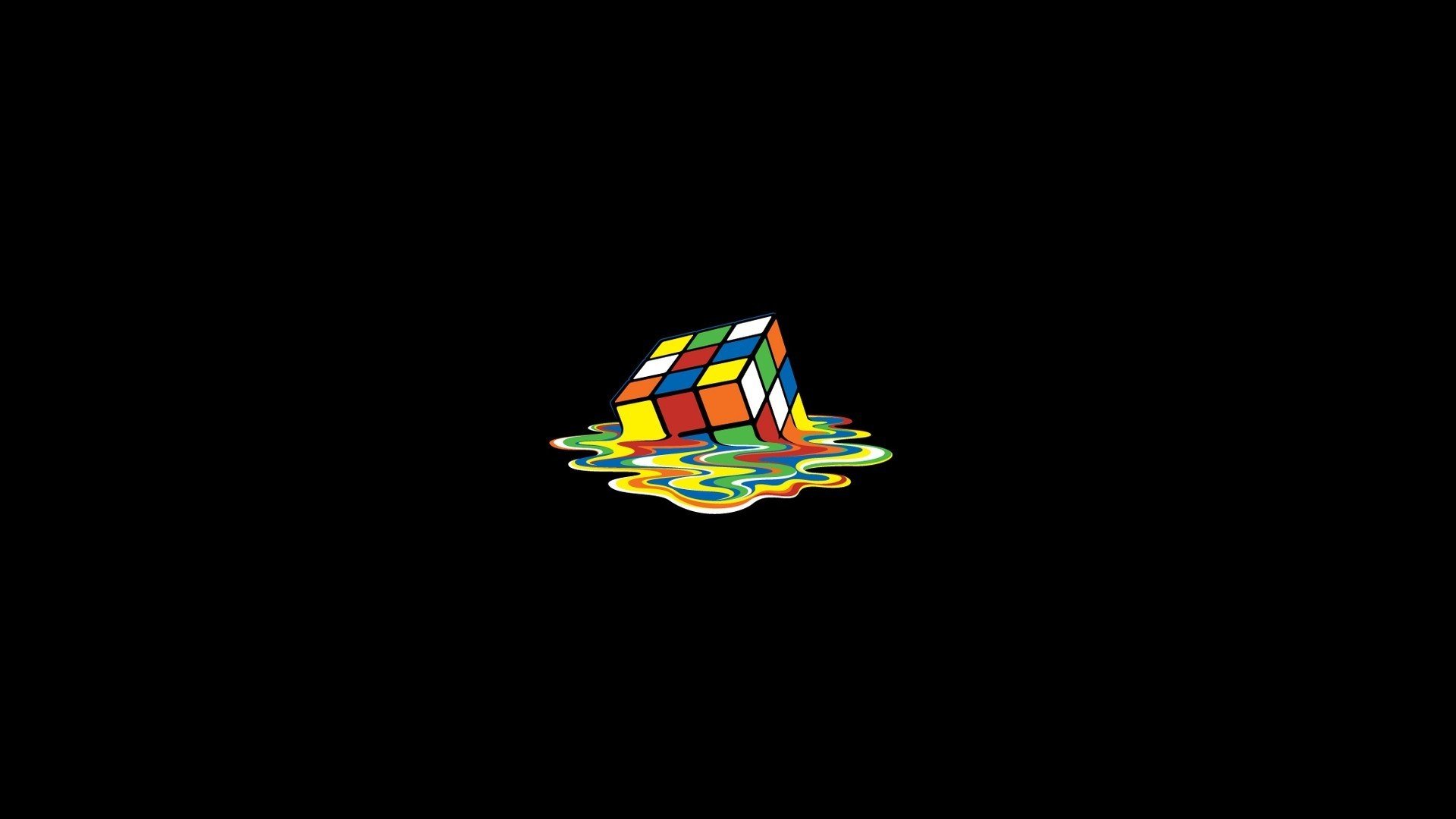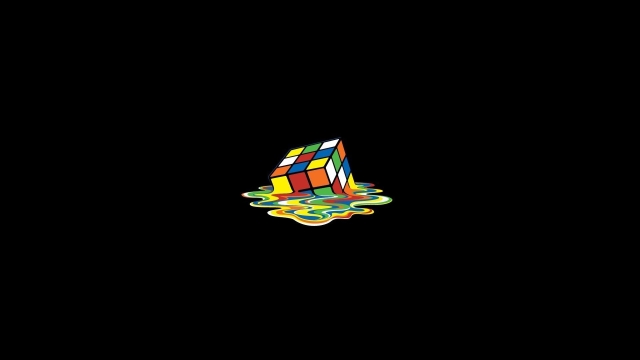Cracking the Code: Unraveling the Secrets of the Rubix Cube
The Rubix Cube: a colorful, perplexing puzzle that has captivated the minds of millions worldwide. Its intricate design and seemingly endless combinations have enticed both avid problem solvers and casual enthusiasts alike. As one turns and twists the cube, the challenge becomes evident, leaving many wondering: What secrets lie beneath the surface?

Enter the world of speed cubing, where the Rubix Cube is no longer just a game, but a battle against time itself. Speed cubers, armed with their trusty speed cubes, have honed their skills to master this enigmatic puzzle with lightning-fast precision. With fingers dancing across the colorful squares, they race against the clock, aiming for record-breaking solve times as they dismantle and rearrange the cube in a flurry of calculated moves. But how do they do it? What techniques, strategies, and algorithms are hidden within this fascinating subculture?
In this article, we embark on a journey to unlock the secrets of the Rubix Cube. We will explore the world of speed cubing, delving into the origins of this intriguing pursuit and uncovering the tools that aid in achieving incredible solve times. From the development of specialized speed cubes to the evolution of solving methods, we will navigate through the milestones that brought speed cubing into the limelight. Join us as we unravel the mysteries, uncover the hidden techniques, and truly crack the code of the Rubix Cube.
The History of the Rubix Cube
The Rubix Cube, a captivating 3D puzzle, has a rich and intriguing history. Created in the mid-1970s by Hungarian sculptor and professor of architecture Ernő Rubik, it quickly gained international fame. Rubik initially named it the "Magic Cube," but it was later renamed in his honor. The Rubix Cube’s journey from a simple creation to a global sensation is nothing short of remarkable.
Rubik’s vision was to design a puzzle that could challenge the mind and encourage problem-solving skills. He spent weeks meticulously crafting the puzzle, ensuring its complexity and ingenuity. Little did he know at the time that his invention would revolutionize the world of puzzles forever.
In 1977, the Rubix Cube was unveiled at the Nuremberg Toy Fair, where it immediately captivated people of all ages. Its intricate design, featuring bright colored squares arranged in a perfect grid, made it visually appealing and intriguing. Soon, it spread like wildfire, capturing the imagination of puzzle enthusiasts worldwide.
The Rubix Cube phenomenon reached its peak in the 1980s when it became a cultural icon. It inspired competitive cubing, giving birth to the sport of speed cubing. Speed cubers from around the globe embraced the challenge, striving to solve the puzzle in the shortest time possible. This led to the development of specialized speed cubes, designed for enhanced maneuverability and quick solving.
As time progressed, the Rubix Cube continued to evolve and adapt to the demands of its passionate community. New solving techniques were discovered, breaking records and pushing the boundaries of speed cubing. Today, the Rubix Cube remains a symbol of intelligence, perseverance, and endless possibilities, captivating both new and seasoned enthusiasts alike.
To be continued in section 2…
Speed Cubing Techniques
In order to achieve fast solving times in the world of Rubix Cube puzzle solving, speed cubers have developed various techniques that enable them to solve the puzzle quickly and efficiently. These techniques involve a combination of memorization, pattern recognition, and execution skills.
One of the most widely used techniques in speed cubing is the Fridrich Method, also known as CFOP (Cross, F2L, OLL, PLL). This method involves solving the cube layer by layer, starting with the cross on the first layer, followed by the first two layers, and then the last layer. By breaking down the solving process into these distinct steps, speed cubers are able to optimize their solving strategy and minimize the number of moves needed to solve the cube.
Another important aspect of speed cubing is the choice of the cube itself. Speed cubers often use specialized speed cubes, which are designed to have smooth and fast turning mechanisms. These speed cubes are typically made of durable and lightweight materials such as plastic, and they allow for quick and effortless manipulation of the cube during solves. By using speed cubes, cubers can reduce resistance and friction, enabling them to perform rapid finger movements and execute algorithms more efficiently.
Apart from technique and equipment, finger dexterity and finger tricks play a crucial role in achieving fast solving times. Speed cubers have developed specific techniques to move multiple layers of the cube simultaneously using finger flicks and rotations. These finger tricks, such as the "R U R’ U’" move, allow for efficient and fluid transitions between algorithms, ultimately reducing solve times.
In conclusion, mastering speed cubing techniques requires a combination of optimal solving methods, the use of specialized speed cubes, and the development of finger dexterity through specific finger tricks. By applying these techniques, speed cubers are able to achieve impressive solving times and unravel the secrets of the Rubix Cube with astounding speed and precision.
Choosing the Right Speed Cube
When it comes to speed cubing, finding the right speed cube can make a world of difference in your solving experience. With so many options on the market, it’s important to take the time to consider which cube is best suited to your individual preferences and solving style.
Firstly, you’ll want to take into account the cube’s design and overall construction. Look for a speed cube that features a smooth and sturdy mechanism, as this will help ensure effortless and precise turning throughout your solves. Many speed cubes also come with adjustable tensions, allowing you to customize the cube’s tightness or looseness according to your preference.
Secondly, consider the size of the cube. Speed cubes come in various sizes, typically ranging from 2×2 to 7×7. Smaller cubes, such as the popular 3×3, offer more maneuverability and control, making them ideal for speed cubers striving for lightning-fast solves. However, if you prefer a more relaxed solving experience or enjoy solving larger puzzles, you may opt for a bigger cube.
Lastly, keep in mind the materials used in the construction of the cube. Most speed cubes are made with lightweight yet durable plastic, allowing for a smooth and fast solving experience. Some cubes even feature specialized coatings or textures on the surface to enhance grip and reduce slipping during solves.
In conclusion, selecting the right speed cube is essential for any aspiring speed cuber. By considering factors such as design, size, and materials, you’ll be able to find a cube that perfectly suits your needs and helps you reach new solving heights. So, go ahead and embark on your speed cubing journey with the perfect cube by your side!
